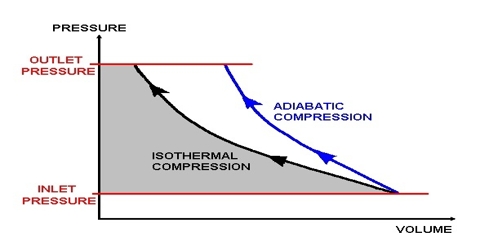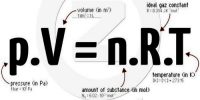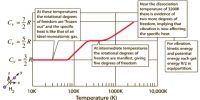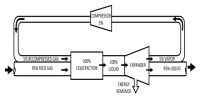Adiabatic expansion of cold compressed gas for liquefying gases enjoyed considerable popularity at one time for producing liquid air. The principle is that when a gas expands and does work against the external pressure, the process being carried out adiabatically (no heat is allowed to enter or leave the system), the temperature of the gas falls. It will be shown later that for adiabatic expansion
(P1/P2)γ-1 = (T1/T2)

where P2 and P2 are the initial and final pressures. T1 and T2 are the respective temperatures at the two pressures and γ is the ratio of heat capacities of the gas at constant pressure and at constant volume. Thus T2 will be much lower than T1 if P2 is much lower than P1 i.e., the fall in temperature is large d the difference in initial and Sinai pressures is large.
G. Claude (1900) made use of this principle for commercial production of liquid air. The apparatus is shown diagrammatically in (Figure: Claude apparatus) The air was purified, compressed to about 40 atm pressure and passed through the tube A into an apparatus B where it was allowed to expand so that the pressure fell to about 1 atm.
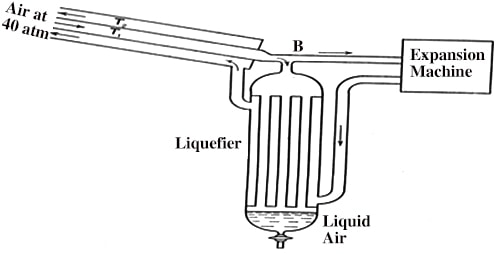
The expanding air was used to do work, such as to drive a dynamo. The expanded and cooled air passed through the vessel C and around the tube A in the direction of the arrows to the compressor. The incoming compressed air was thus cooled and its temperature further reduced by expansion. When this cycle is repeated several times, the effect is cumulative and the temperature falls sufficiently so as to produce air in the liquid state which collects in the vessel C. In other forms of the Claude’s process air was compressed to about 200 atm and then allowed to expand.
